
How to clean silicone rubber? Silicone Rubber Membrane Switch
How to clean silicone rubber? Silicone Rubber Membrane Switch
How to clean silicone rubber? To clean the silicone rubber membrane switch, use a mild detergent and a soft cloth. First, turn off the power and remove the keycaps. Use a slightly damp soft cloth to gently wipe the switch and surrounding areas to remove dust and stains.
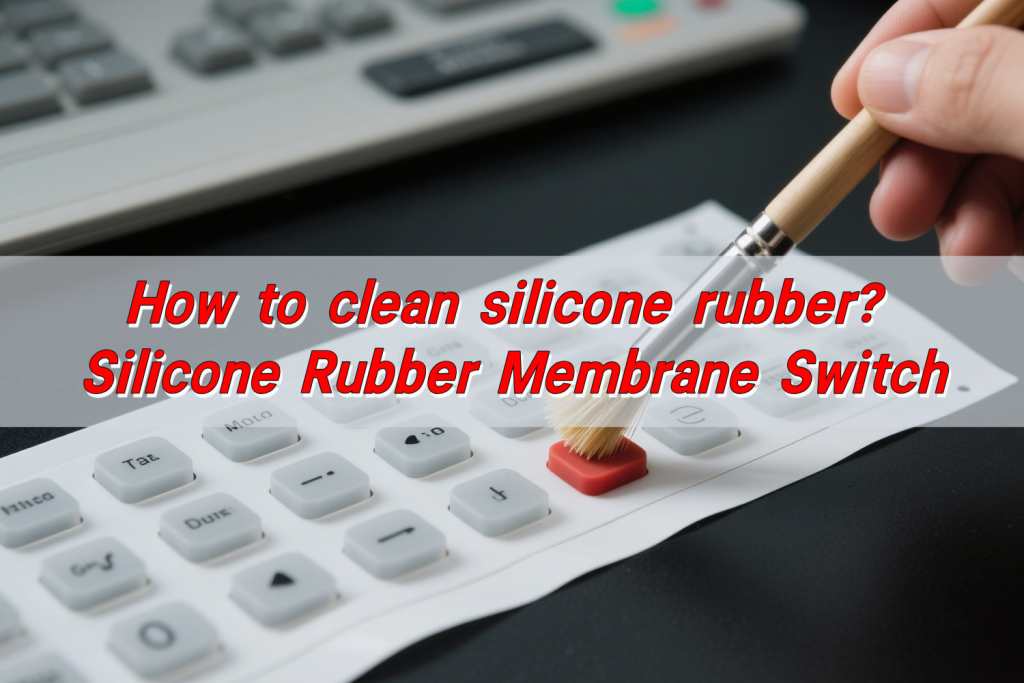
If the stains are stubborn, wipe with a small amount of alcohol, and then wipe off the residue with a dry cloth. This will keep the switch clean and extend its service life.
How to clean a silicone keyboard?
Unplug or disconnect the silicone keyboard first. If it’s a removable unit, take it out and place it on a clean surface. Now gently shake off any loose dust or crumbs. Use a soft, dry cloth to wipe the surface.
For surface dirt or light smudges, warm water and a drop of mild dish soap are enough. Dampen a microfiber cloth—don’t soak it—and gently rub the silicone surface. Rinse with another clean cloth dipped in plain water.
For deeper grime, a soft-bristled brush or toothbrush helps. Work in gentle circular motions. Never scrub hard. The silicone surface might resist stains, but it’s not indestructible.
If your keyboard has sticky keys or dirt lodged in crevices, remove it from any electrical components before soaking. Just make sure everything is dry before you plug it back in.
Why does rubberized plastic get sticky?
Rubber and silicone don’t actually attract stickiness, but they do degrade over time. Heat, oils, moisture, and UV light break down the surface. What’s left is a tacky, oily film that feels like glue. It’s not just annoying—it collects dust and makes the surface harder to clean.

Sometimes it’s residue from cleaning products. Or skin oils that slowly break down the material. And sometimes it’s just age. When the rubber coating starts breaking down, the sticky mess is the first sign.
How to fix sticky silicone?
First, try cleaning with mild soap and water. If the stickiness doesn’t budge, step up to isopropyl alcohol. Soak a cloth with the alcohol and gently wipe the sticky areas. Don’t pour alcohol directly on the silicone. That can pool in seams or damage other materials.
Still sticky? Use baking soda. Make a thick paste with a bit of water. Rub it on the silicone with a soft cloth. Rinse with warm water and dry. It’s safe, gentle, and often works better than harsh cleaners.
If your keyboard is still tacky after all that, you may be dealing with surface degradation that can’t be reversed. At that point, it might be time to consider a replacement. But usually, cleaning and a bit of patience are all it takes.
Will isopropyl alcohol damage rubber?
Isopropyl alcohol is one of the safest solvents for cleaning silicone. It’s quick-drying and evaporates without residue. But if you overuse it, or use a concentration that’s too high, it can dry out rubber over time. That means cracks, brittleness, and premature aging.
Stick with 70% isopropyl alcohol. It’s strong enough to clean, but not harsh enough to cause damage—if used sparingly. Don’t soak rubber in it. Don’t let it sit for long. Wipe and dry quickly. Think of it as a spot-cleaning solution, not a daily routine.
Is rubbing alcohol safe to clean silicone?
Rubbing alcohol, especially the kind with a 70% concentration, is generally safe on silicone. It’s effective against oils, adhesives, and even some stains. And since it evaporates fast, it won’t leave moisture behind.
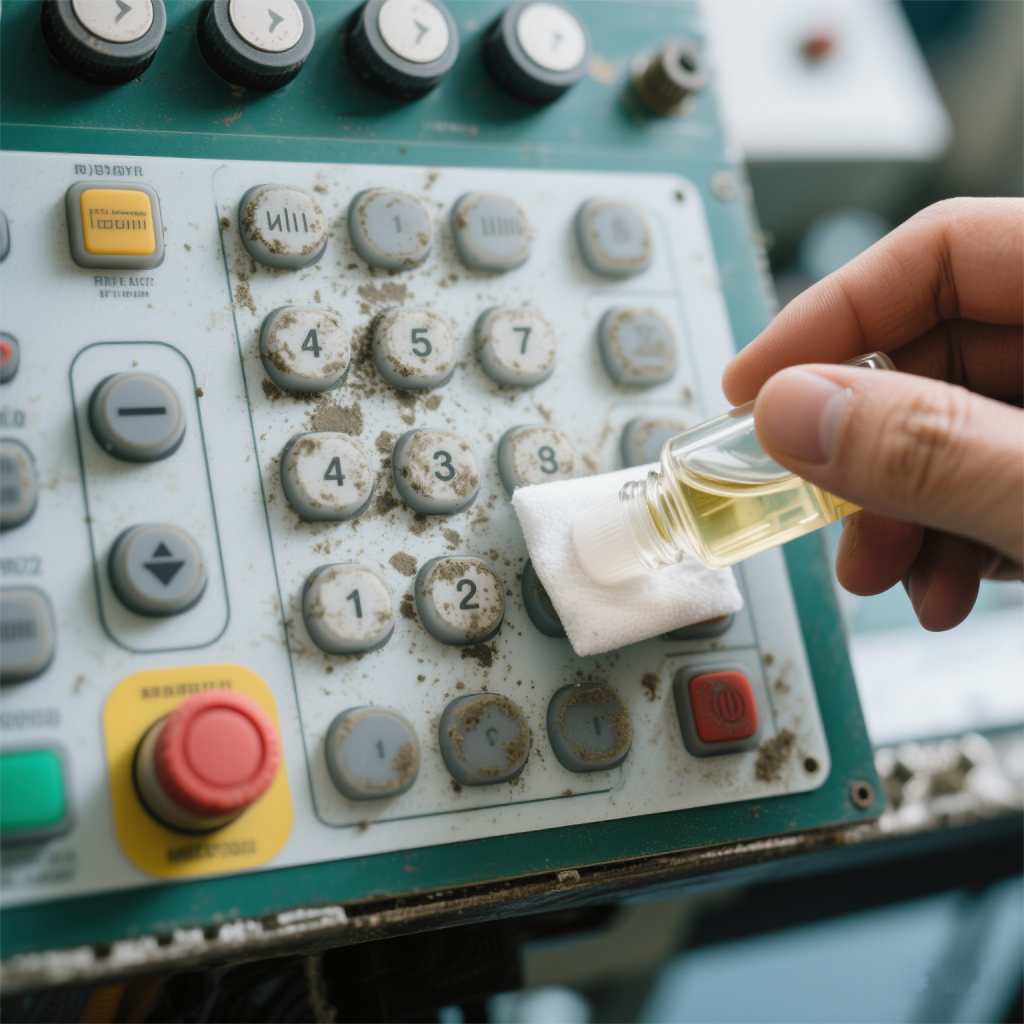
But there’s a catch. Some “rubbing alcohols” contain added ingredients like fragrances or denaturants that can react with silicone or leave a residue. Always check the label. Pure isopropyl alcohol is best.
Use it with a soft cloth. No scrubbing. And don’t forget to rinse afterward with a damp cloth to ensure no residue is left behind.
What solvent cleans up silicone?
For serious grime, silicone-safe solvents can help. Here are your safest bets:
- Isopropyl alcohol (70%) – Excellent for oils, dust, and light grime.
- Mild dish soap with warm water – Great for regular maintenance.
- White vinegar – Useful for sticky buildup but should be rinsed well afterward.
- Baking soda paste – Perfect for surface tackiness and natural.
Avoid harsh industrial solvents like acetone, paint thinner, or toluene. These break down silicone and can ruin the finish. Once the surface is compromised, cleaning won’t help much.
Use any solvent in small doses. Apply it to a cloth first—never directly onto the silicone.
What to pay attention to when cleaning silicone keyboard?
Cleaning a silicone keyboard isn’t hard, but there are a few key things to keep in mind:
- Disconnect it: Safety first. Never clean a powered keyboard.
- Use soft cloths: Avoid abrasives that scratch the surface.
- Stay away from harsh cleaners: No bleach, no acetone, no ammonia.
- Dry it completely: Silicone doesn’t absorb water, but trapped moisture causes mildew.
- Test first: Try your cleaning method on a small area before doing the whole thing.
- Use gentle pressure: Silicone can tear if handled roughly.
Also, avoid using paper towels. They might seem soft, but they can leave behind lint and even scratch some finishes. Always go for microfiber or soft cotton cloths.
How often should you clean your silicone keyboard?
In a medical or lab setting? Clean it daily, even multiple times a day. Silicone keyboards in these environments face constant exposure to germs and spills.
In an office or home? Once a week is usually enough—unless you eat at your desk, then clean more often.
Sticky keys? Greasy texture? Don’t wait. Clean it as soon as you notice buildup. Regular care keeps it from becoming a big problem.
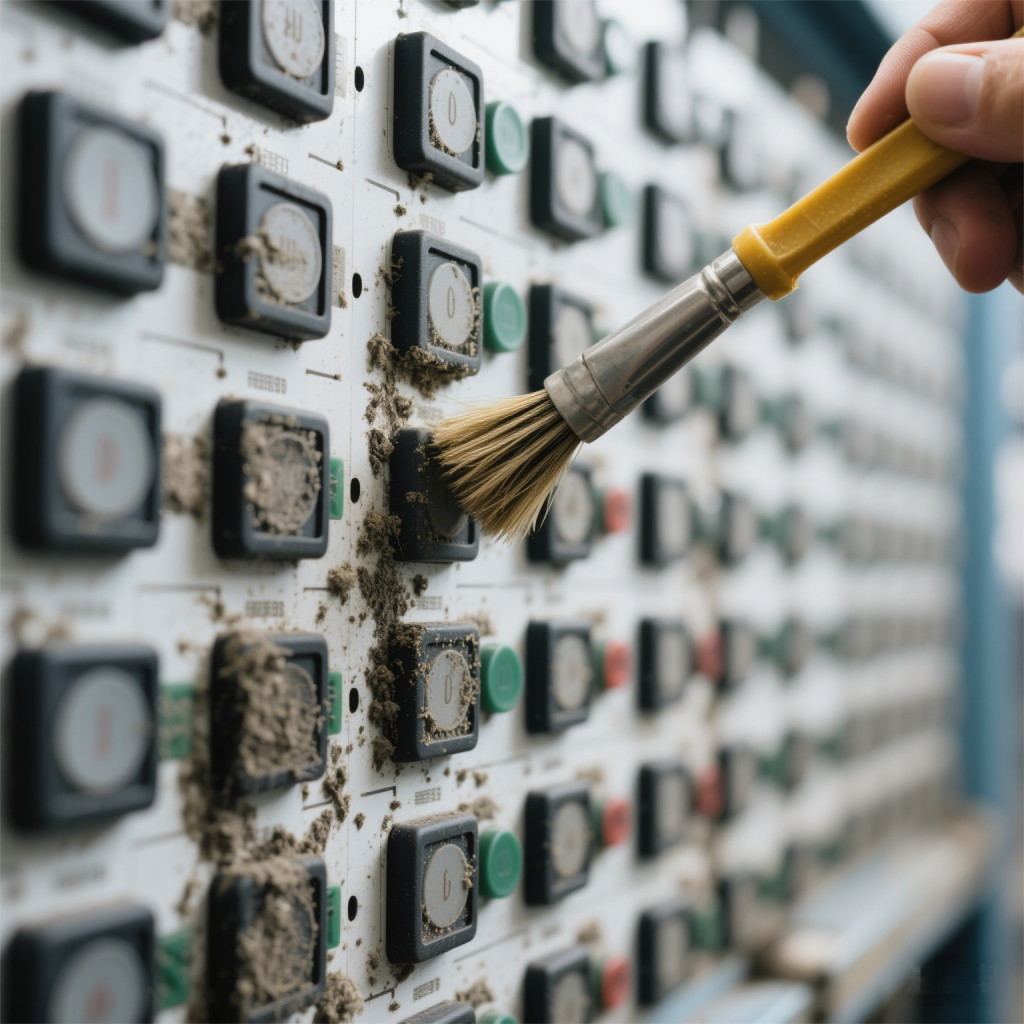
Also, if the environment is dusty or humid, bump up your cleaning schedule. A quick weekly wipe-down can save you hours later.
Conclusion:
If a silicone keyboard is sticky, it will feel uncomfortable to the touch and will accumulate all kinds of dust and hair. Warm soapy water, soft cloths, and a bit of isopropyl alcohol are your best friends. Avoid harsh chemicals, treat the material gently, and clean it regularly. With a little attention, your silicone keypad can stay clean, smooth, and fully functional for years.
Have questions or need help with your silicone keypad? Reach out to us at sales@best-membraneswitch.com – we’re here to help you keep your devices in top shape.
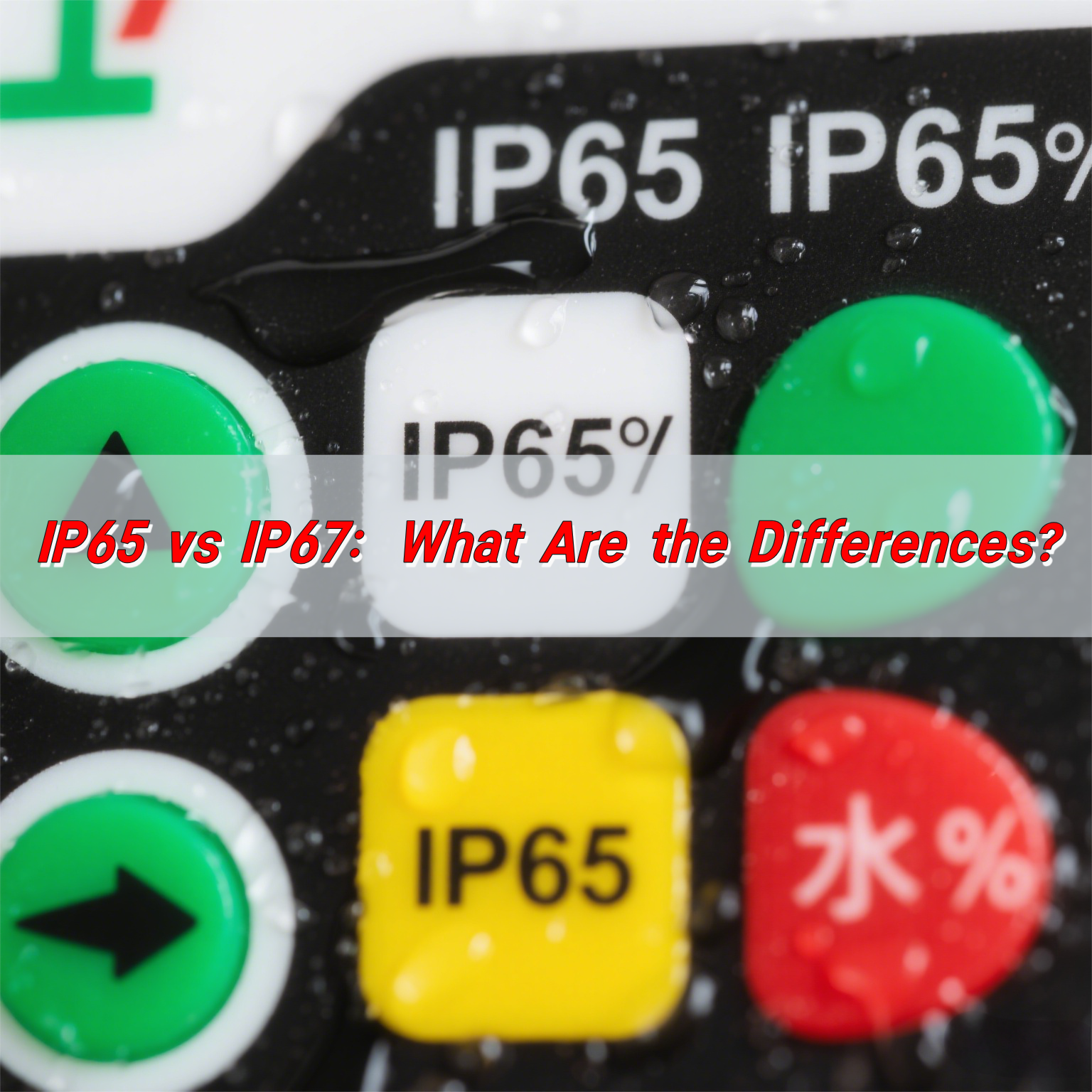
IP65 vs IP67: What Are the Differences?
IP65 vs IP67? The IP65 protection level provides complete dust protection for the device and can withstand low-pressure water jets from all directions, making it suitable for ordinary outdoor environments. Based on this, IP67 allows the device to be immersed in 1 meter of water for a short period of time (usually 30 minutes) without ...

Mechanical vs Non Mechanical Keyboard: What’s the Difference?
The main differences between mechanical keyboards and non-mechanical keyboards (such as membrane keyboards) are structure, feel, durability and sound. Each key of a mechanical keyboard has an independent switch, providing a clear feel and tactile feedback, strong durability, louder sound, and is suitable for gamers. Non-mechanical keyboard keys contact the circuit board through a rubber ...
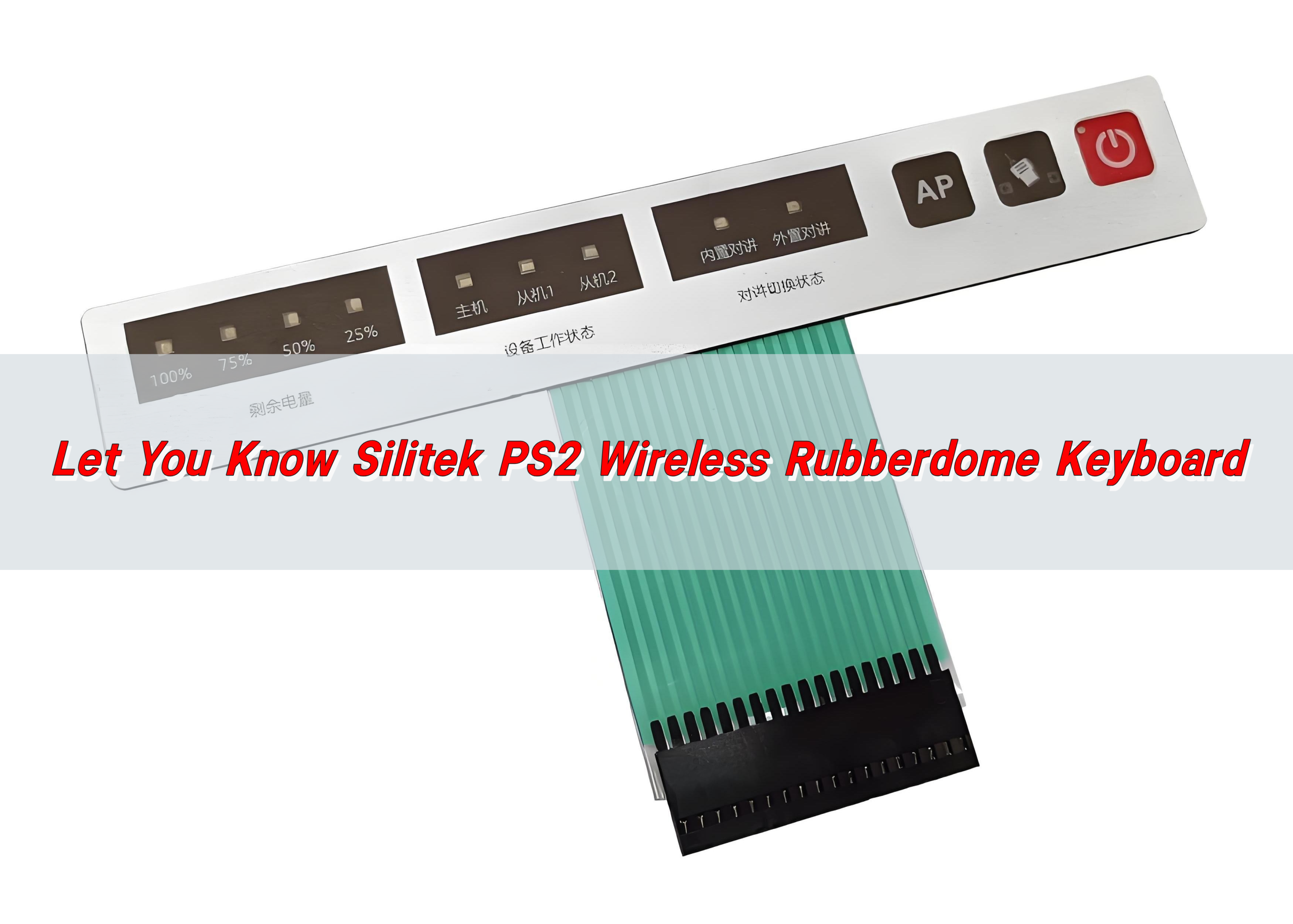
Let You Know Silitek PS2 Wireless Rubberdome Keyboard
Silitek PS2 Wireless Rubberdome Keyboard is a keyboard that combines PS/2 interface and wireless transmission technology. It uses rubber dome as the elastic element of the key to provide a stable input experience. The PS/2 interface ensures stable signal transmission, while the rubber dome design brings good tactile feedback and a comfortable pressing experience. What ...
Contact us online